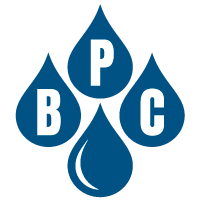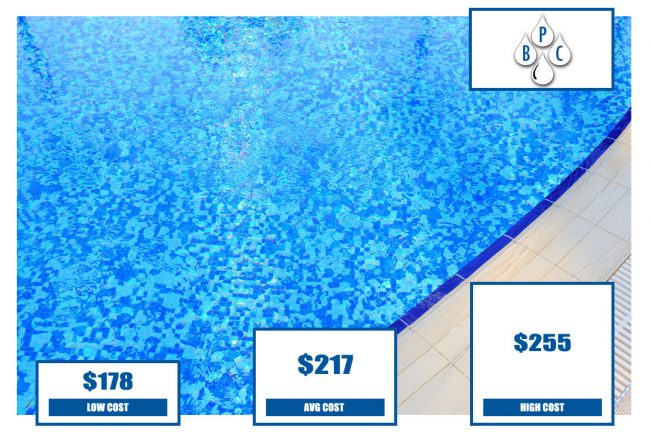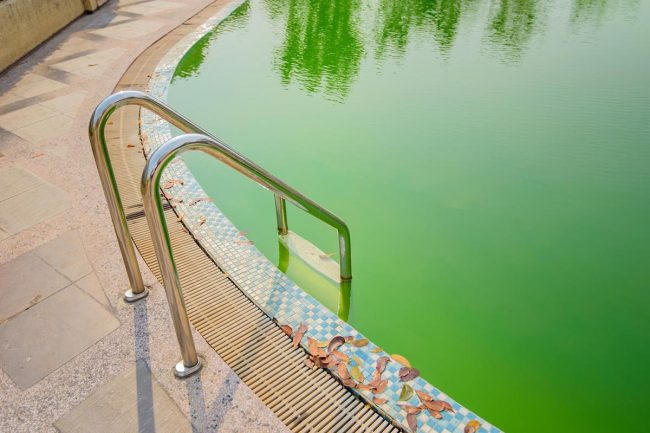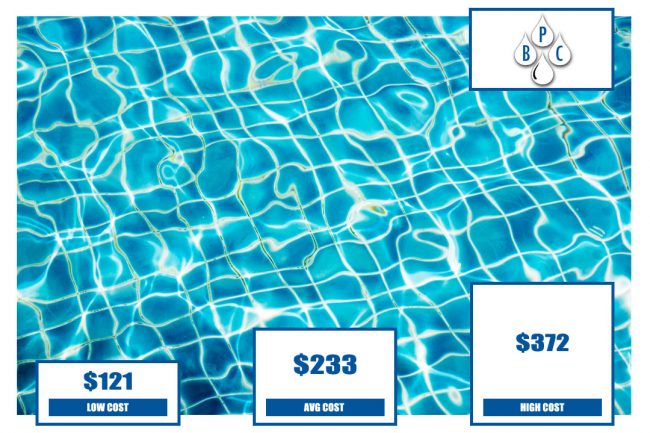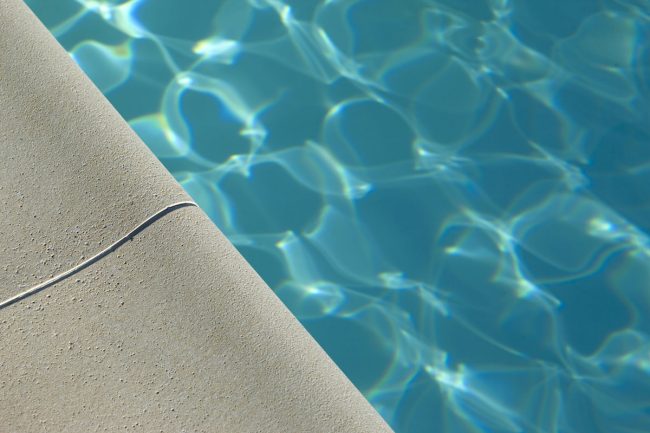Acid Wash Pool Costs 2023
On average, acid washing a pool costs about $217, average prices ranged from $178 to $255 for pool acid washing in the US in 2023 according to improvenet.com. What is the Cost to Acid Wash a Pool? Your gorgeous pool is the main feature of your outdoor living area and the highlight for your social…
